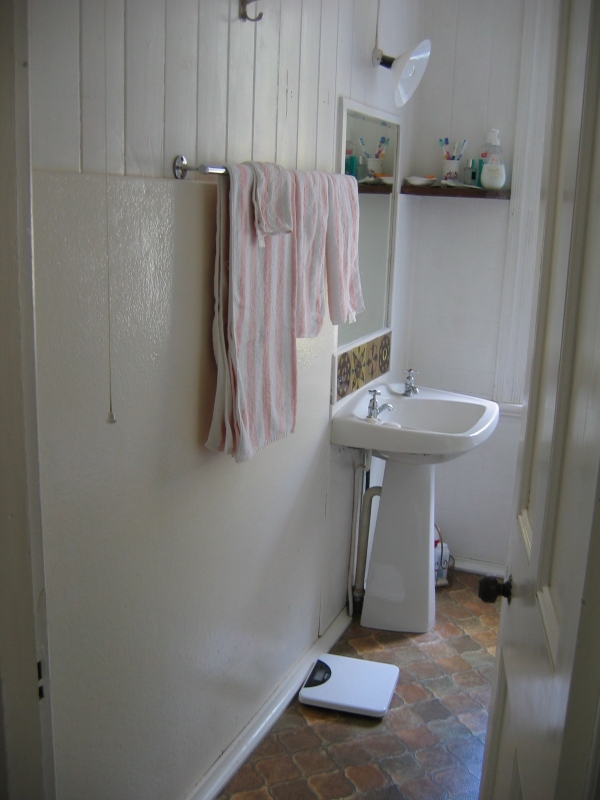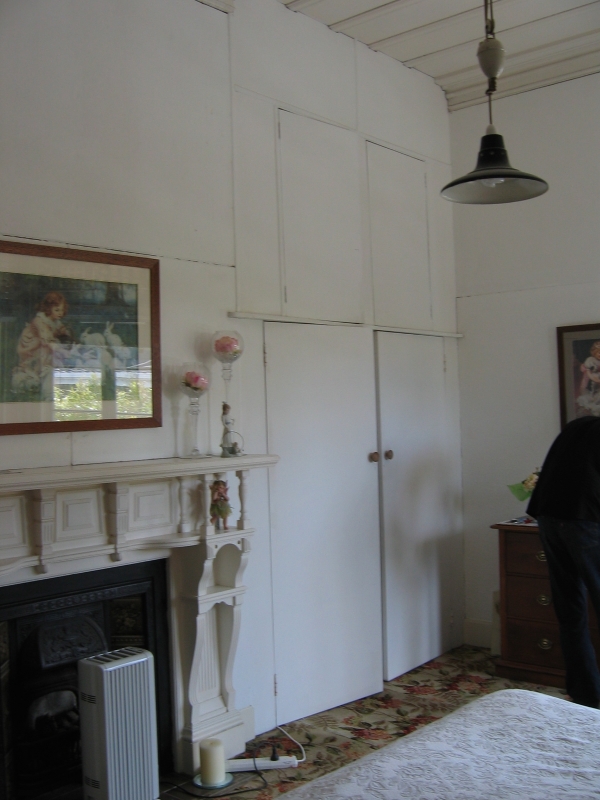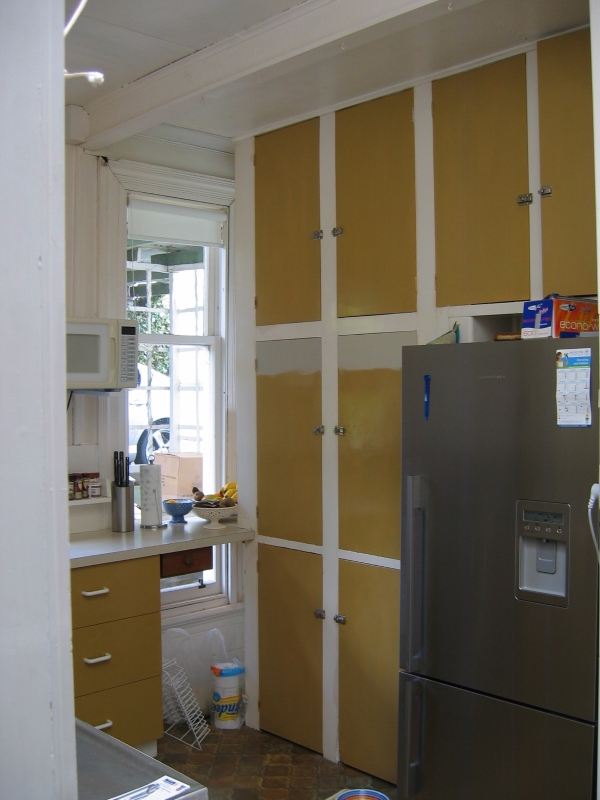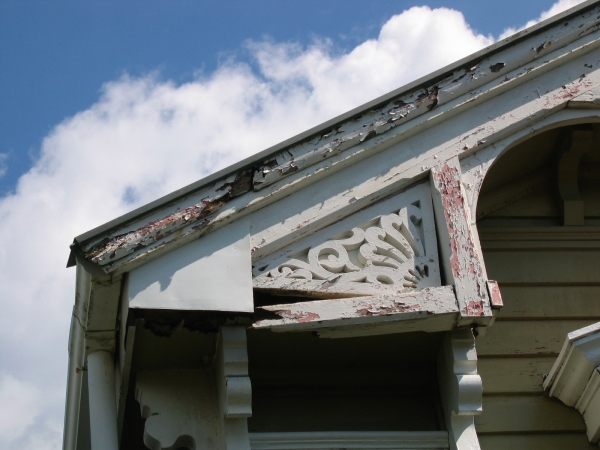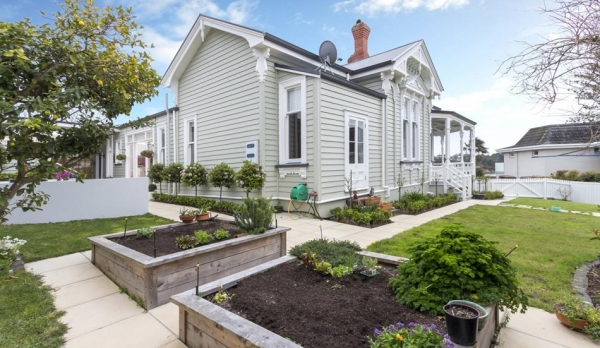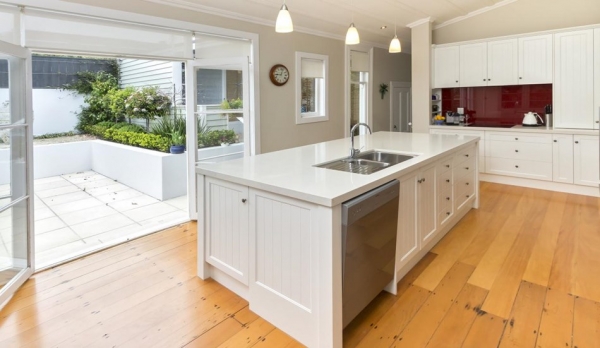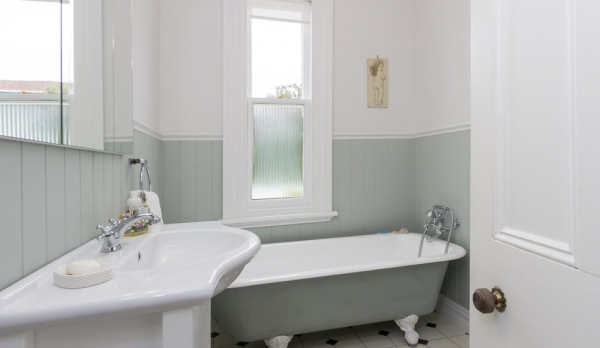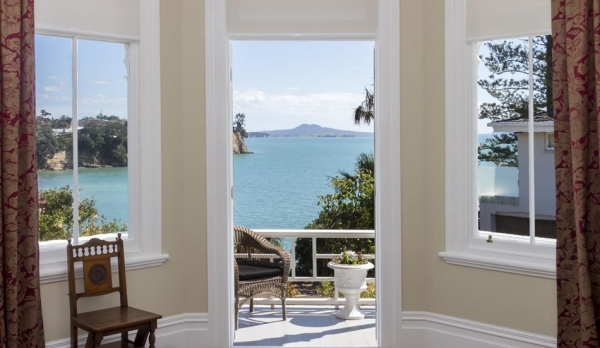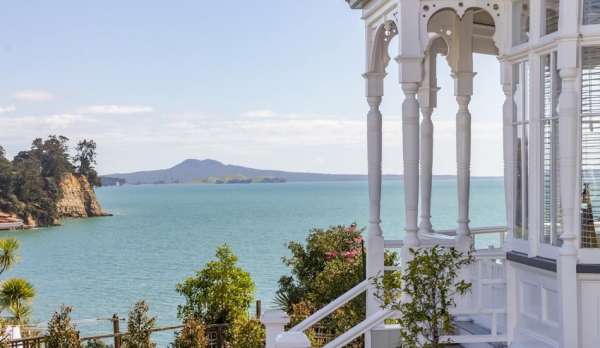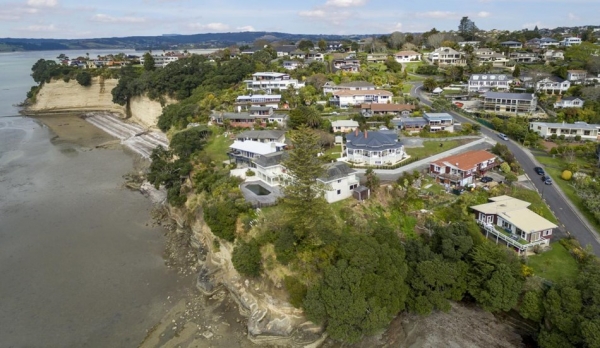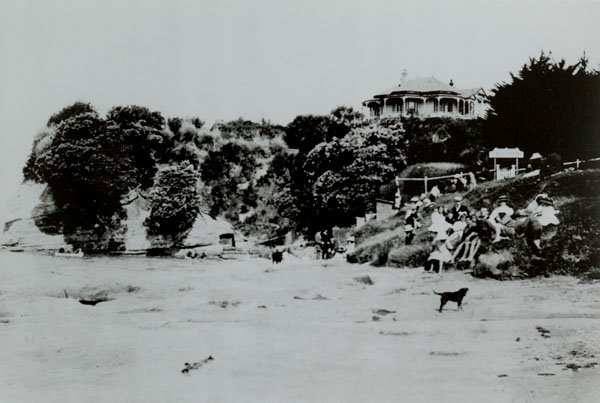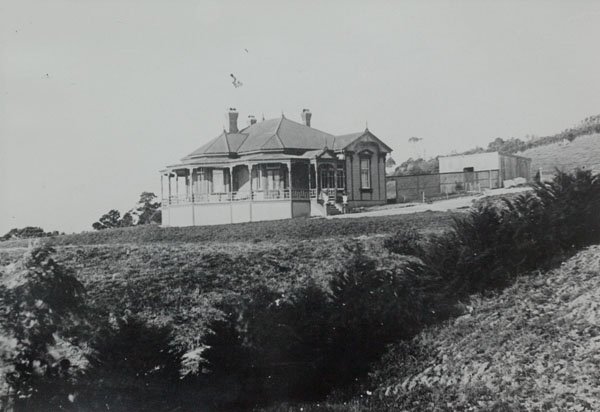Historical Villa before and after
We worked alongside a family to gradually restore their 1900s Kauri villa over many years, and it is finally time for them to move on from this property to the next - giving you the opportunity to look through this historic villa in Howick before the auction.
When we first measured up the property, we went through its historical documentation carefully to uncover as many original clues as possible to restore her sensitively and create a conservation plan for a heritage resource consent. Clues were often found on site under the house or behind linings that gave us ideas of what would have originally been there. The owners painstakingly undertook the construction work themselves over several years, sourcing timber details, working with carpenters, painting, and recently undertook the courtyard landscaping, they are now ready to move on towards their next challenge.
The ‘Cliffs’ house, estimated to be built c.1900, was originally surrounded by its own farmland, stables and servants cottage. There are historical photographs which illustrate the house in its original context overlooking the wharf; however with the subsequent development it can only be glimpsed from the beach and road. One publication by a prominent local historian[1] mentions that ‘the Cliffs’ was built by Mr H.K. Gilmour who previously owned and built ‘Ingledell’ in 1886 in Granger road (a house of great similarity in style to the Cliffs[2].). With the money from the sale of the Granger Road homestead for the Orphanage, HK Gilmour and his wife built ‘The Cliffs’ which was subsequently used as a board and residence homestead (a sign is evident on old 1910/1920s photos of the beach).[3]
Externally many changes to the original house and the land have occurred over the years. The cottage, which contained kitchens and staff accommodation, was pulled down in 1962 and the stables were also removed. The drive location originally swept around in front of the house in a circle but now stops at the carport. Subdivision occurred which reduced the land size of the property. It was recorded that many of the external details such as finials from the roof peaks have been removed. The back of the house (where the kitchen and laundry are now based) was altered extensively, the open porch was closed in with French doors to become a breakfast room (between 1946-1962), the small kitchen was also not original.
The villa is significant with its Victorian use of mouldings and fretwork and as a rare remaining example of this type of architecture built during the early settlement of Howick (and is listed as Grade 2). Externally the mouldings are concentrated heavily on the gable ends where they have been used to trim the edge of the frieze board with cut-out fret sawn stencils and also act as a ventilator to the roof space. Above the windows on the gable ends are classically inspired window hoods while mouldings grace the sides of the gable end windows as well. Corners of the gable end walls (where they meet the roof) have decorative eave brackets added to them, where they are on the front of the gable ends they are bridged by decorative arches mounted over the weatherboards.
Inside the wall linings had been replaced with bison board, and unsympathetic 1950s addtions had been made to the kitchen and bedrooms concealing (and often completely removing) heritage details.
We helped the clients identify original details that needed to be kept and restored - retaining as much as possible of the original form and joinery, and also worked on the kitchen, bathroom and laundry lean to area which required a complete update due to its poor condition. This was opened up to create a large family kitchen that overlooks the private courtyard and discrete skylights introduced to ensure light penetration into the rear of the house.
After: Images by 'Baileys' who will be holding open days at 13 Rangitoto View Road, Sat 17 Oct: 2:00 p.m. - 2:30 p.m., Sun 18 Oct: 2:00 p.m. - 2:30 p.m 2015. (Auction: Tuesday 20th October)
Hopefully it will now be bought by a new family who will carry the mantle of taking care of this grand lady for many more years to come.
[1] The History of Howick and Pakuranga – Whitford, Bucklands and Eastern Beaches and Surrounding Districts, Alan La Roche,1991, the Howick & Districts Historical Society,
[2] As above, refer to page 15, 16 and 120 for a view of the Convent building (HK, Gilmours ‘Ingledell’ built in 1886) that has remarkable similarities to the Cliffs design.
[3] As above, page153. The Auckland Council Website dates these images as being from 1910 rather than 1920.
